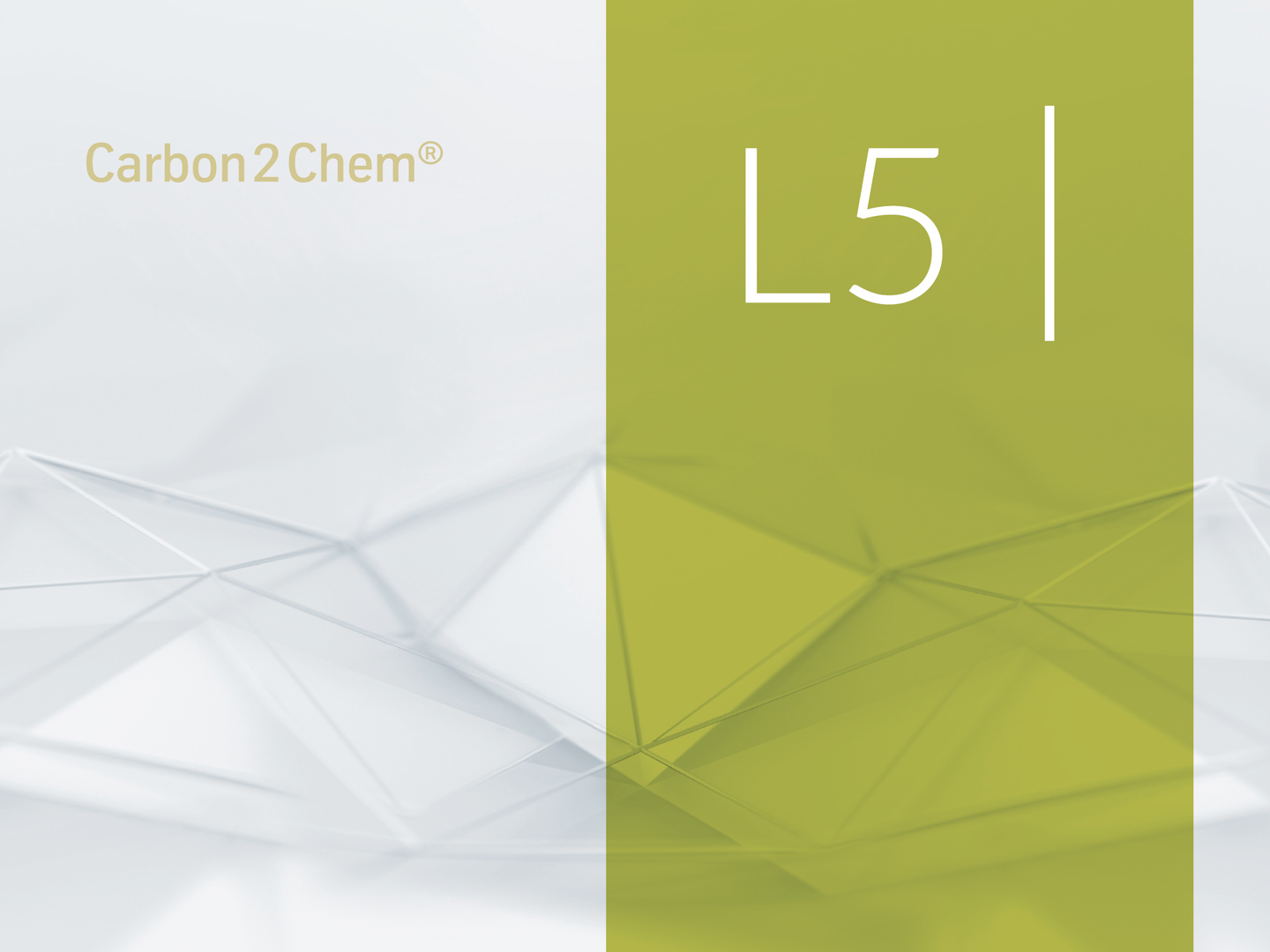
Plastics in every shape, color, and size are part of everyday life. They are still mostly produced on the basis of fossil raw materials such as crude oil. These provide the essential element of carbon. But there are alternatives. A consortium led by Covestro highlights them.
| A bridge between steel production and chemical production network. |
Tasks
In the subproject L5, the materials manufacturer Covestro, together with other partners, is investigating how to save crude oil as a carbon source in plastics production. In focus: CO and CO2 from metallurgical gases from steelworks.
First, suitable catalysts for the complex chemical processes are defined and further developed. Since catalysts can be highly sensitive to even the smallest impurities, the composition of the metallurgical gases must be carefully considered. The cost-effectiveness and sustainability of the new routes for the production of plastics are to be examined in a further step.
Aims
Carbon2Polymers is intended to show that CO and CO2 from metallurgical gases from the steel industry are suitable as raw materials for the production of plastics and that they can be used sustainably.
CO can serve as a building block for polycarbonate, which is used, for example, in spectacle lenses and car headlights. Covestro already uses CO2 on an industrial scale. This can be used, among other things, to produce polyurethane foam for mattresses or upholstered furniture. A new manufacturing process for a polyurethane polymer module is to be developed as part of the subproject L5. If the chemical usability of the metallurgical gases is tested and makes economic and ecological sense, a bridge between steel production and chemical production network is created.
The efficient and sustainable closure of the carbon cycle can provide a link between two major industries, where the by-products of one industry serve as raw materials for the processes of the other.
 Fraunhofer Institute for Environmental, Safety and Energy Technology UMSICHT
Fraunhofer Institute for Environmental, Safety and Energy Technology UMSICHT